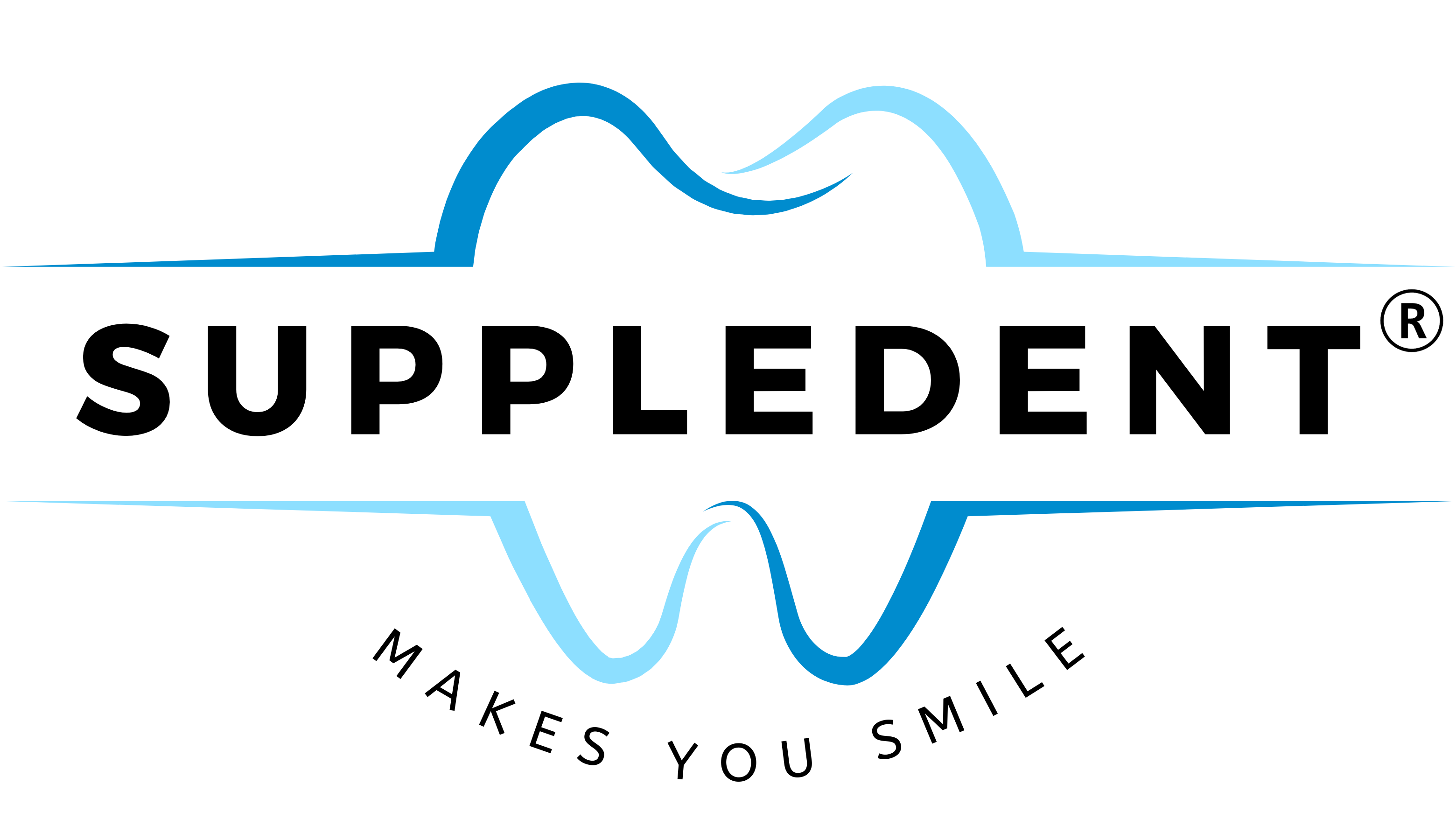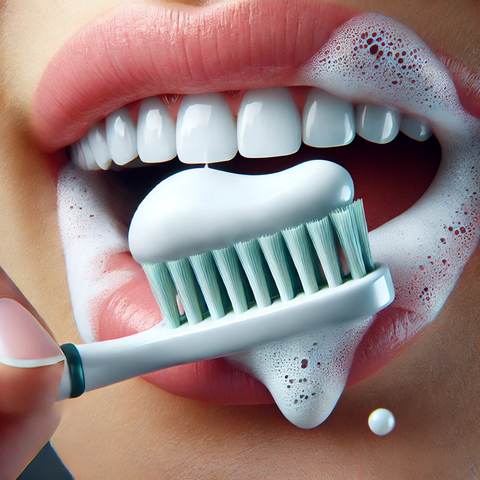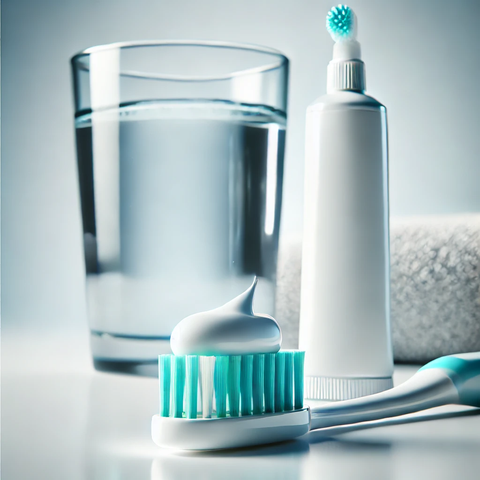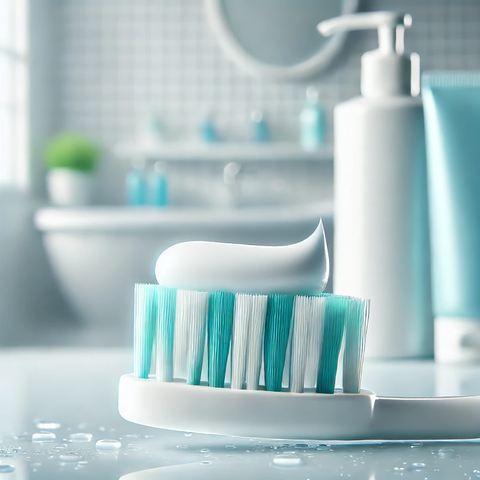A thorough dental cleaning is key to healthy teeth and strong gums. However, many people don't brush their teeth properly, which can lead to cavities, gum disease, and long-term damage. Choosing the right technique and tools is crucial.
Which toothbrush is the best?
There are two main types of toothbrushes: manual and electric . Both can be effective when used correctly.
Manual toothbrush
• Advantages: Simple, cost-effective, available everywhere
• Disadvantages: Requires the right technique for thorough cleaning
• Recommendation: Choose a soft to medium bristle hardness to protect the gums【3】.
Electric toothbrush
• Advantages: Often removes plaque more effectively because the movement of the brush does the work【4】.
• Disadvantages: More expensive to purchase, must be charged regularly or operated with batteries
• Recommendation: Models with rotating-oscillating heads or sonic technology are particularly effective【5】.
The optimal cleaning technique: step-by-step instructions
Regardless of the toothbrush, technique is crucial. The Bass technique , recommended by dentists, ensures a thorough cleaning.[6]
This is how the correct toothbrushing technique works:
1. Hold the toothbrush at a 45° angle – the bristles should rest half on the gums and half on the teeth.
2. Make short, shaking movements – this will loosen plaque and bacteria.
3. Clean each tooth section by section – approximately 30 seconds per jaw area.
4. Brush outer surfaces, inner surfaces and chewing surfaces – don’t miss any area.
5. Apply light pressure – Scrubbing too hard can damage tooth enamel and gums【7】.
Common mistakes when brushing teeth
Many people brush their teeth regularly, but not properly. These mistakes should be avoided:
• Pressing too hard: Can push back the gums and damage tooth enamel【8】.
• Brushing time is too short: Less than two minutes is often not enough to remove all plaque【9】.
• Wrong movements: Scrubbing back and forth can irritate the gums and push plaque into the spaces between the teeth【10】.
• Changing your toothbrush too infrequently: Use a new one every 2-3 months or when the bristles become frayed【11】.
Additional tips for thorough cleaning
• Use dental floss or interdental brushes: This is the only way to clean the spaces between your teeth【12】.
• Mouthwash as a supplement: Not a replacement for brushing, but a useful addition for reducing bacteria【13】.
• Don't forget to clean your tongue: Many bacteria accumulate on the tongue and can cause bad breath【14】.
Correct technique for healthy teeth
Choosing the right toothbrush and technique ensures optimal cleaning and protects against dental problems in the long term. Those who brush regularly, using the correct technique and supplementary interdental care have the best chance of a healthy and radiant smile.[15]
Sources:
【1】 German Society for Dentistry, Oral and Maxillofacial Surgery (DGZMK)
【2】 Federal Dental Association (BZÄK)
【3】 German Society for Periodontology (DG PARO)
【4】 Cochrane study on toothbrush effectiveness
【5】 American Dental Association (ADA)
【6】Journal of Clinical Periodontology
【7】 Federal Center for Health Education (BZgA)
【8】 European Journal of Oral Sciences
【9】 German Society for Preventive Dentistry (DGPZM)
【10】British Dental Journal
【11】 German Society for Preventive Medicine
【12】 American Journal of Dentistry
【13】 European Federation of Periodontology (EFP)
【14】 German Society for Oral Medicine
【15】 World Health Organization (WHO)




